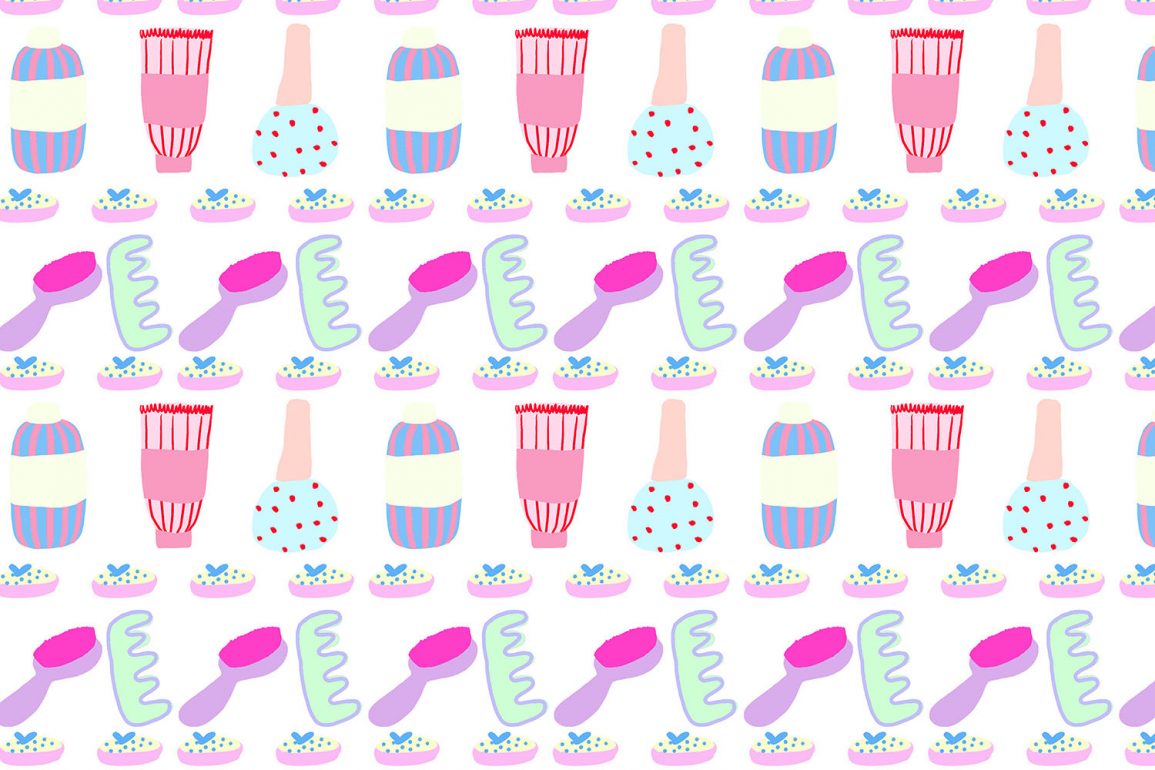Disclaimer: I am not a beauty person. From globbing toothpaste on a pimple to performing at-home extractions with a tool resembling a small fish hook, I have made every skincare mistake.
So you can imagine my skepticism and overall disinterest when it comes to crazes such as South Korean beauty and skincare, more popularly known as K-Beauty. However, my quarter spent living in Hong Kong found me increasingly interested in this international trend.
I’m several years late to the game, a game in which K-Beauty has been killing. According to an article in the BBC, in 2017 the South Korean beauty industry was estimated to be worth just over one billion dollars. Made popular by its irresistibly cute packaging, Korean skincare is also extremely innovative in its methodologies. Its popularity is closely linked to that of K-Pop, a music genre that’s largely infiltrated Western charts. It’s like the second coming of the British invasion. However, instead of miniskirts and the Beatles, Americans are enamored with candy-colored lipstick and the Korean boyband BTS.
Even those, like me, who are not well-versed on Korean pop culture most likely use products influenced by Korean skincare without even realizing it. Products such as sheet masks, face oils and more all originate from Korea. However, an authentic Korean skincare routine is comprised of 10 steps: oil cleanser, cream cleanser, toner, essence, emulsion, serum, sheet mask, eye cream, moisturizer, sunscreen.
That is an extensive regimen, a time heavy and expensive price to pay for nice skin. That is really all I want: nice skin— skin that glows, skin that is a little dewy but not oily. Skin that is free of blemishes, scarring or any other imperfection. But I want to achieve that in no more than three steps. Is that just my Western mindset baring its ugly teeth? Most likely, but I was willing to reason with the beast, especially considering the state of my skin upon arriving in Hong Kong.
Climate, culture and pollution are the perpetrators of “Kat’s blackhead crisis of 2019.” My pores were clogged like a teenage girl’s shower drain. The drugstore brand face wash and Glossier moisturizer that had served me so well in the States were no match for Hong Kong humidity. The stress of being in a foreign social environment certainly did not help. Not to mention, the gray smog that sits on the city weighed even heavier on my open pores.
However, I am a firm believer in everything happening for a reason. I am in a continent famous for its skincare. The universe called for me to try Korean beauty, the least I could do was answer.
Surprisingly, the answer was to fight oil with more oil, which to me sounded like throwing water on a grease fire. However, to beauty experts, it will sound like basic math. Unlike Western skincare that targets the skin with harsh chemicals, Korean skincare focuses on natural ingredients that replenish skin, therefore, most products agree with all skin types and are not irritating.
The allure of K-beauty enthralled me deeper. But, as I said, I’m not a beauty person, and I’d rather not spend 30 minutes a day layering masks, emulsions, moisturizers and more onto my skin. The names of half of those products carry a vagueness in my mind, comparable to that of “fish paste” or “almond beverage.” What even is an emulsion?
Well, I did some research, which began with a generalized Google search for “K-Beauty” and ended with me typing “cutest, cheapest Korean skincare in Hong Kong” into the search bar. I discovered that emulsion is a water-based moisturizer that is best for oily skin. I also found a brand called Etude House that carries an affordable version of it in their many stores in Hong Kong.
Stepping inside Etude House felt like biting into a chocolate glazed donut with rainbow sprinkles: so sweet it makes your teeth hurt. My expectations of cuteness were exceeded. The interior of the store emitted a pinkish glow that illuminated the candy-colored packaging of each product. And just like candy, it was irresistible. As my research promised, the products were extremely reasonably priced. With the help from a pink-adorned employee, I picked up four products (a cleanser, toner, emulsion and scrub) all for under $100 USD.
Etude House is obviously not the only place to purchase affordable Korean skincare. Similar products to the four I picked up can be found at most drugstores around Hong Kong and even some beauty stores in the United States, such as Ulta and Sephora.
Four products are a far cry from the ten step routine, but I had to start somewhere. Now, after dipping a toe into K beauty, I might just be ready to dive in head first. Almost overnight I saw an improvement in my skin. Unlike prescription and over-the-counter acne products, my skin seemed to drink up the K-beauty products. After practicing this new regimen for almost a month, I’ve noticed an overall improvement in the texture and radiance of my skin; it’s honestly glowing.
Of course, I still have a few blemishes and a couple of blackheads around my nose. I will always be a bit oily around my T-zone. Nevertheless, for someone who does not consider themselves to be a beauty person, I’m convinced by K-beauty. Will I be switching to a ten step routine and investing in an amalgamation of products? Not unless I acquire a small fortune and abundance of free time. However, will I continue to incorporate Korean products into my skincare routine in the future? Absolutely.
Words and Visual by Kat Sours

